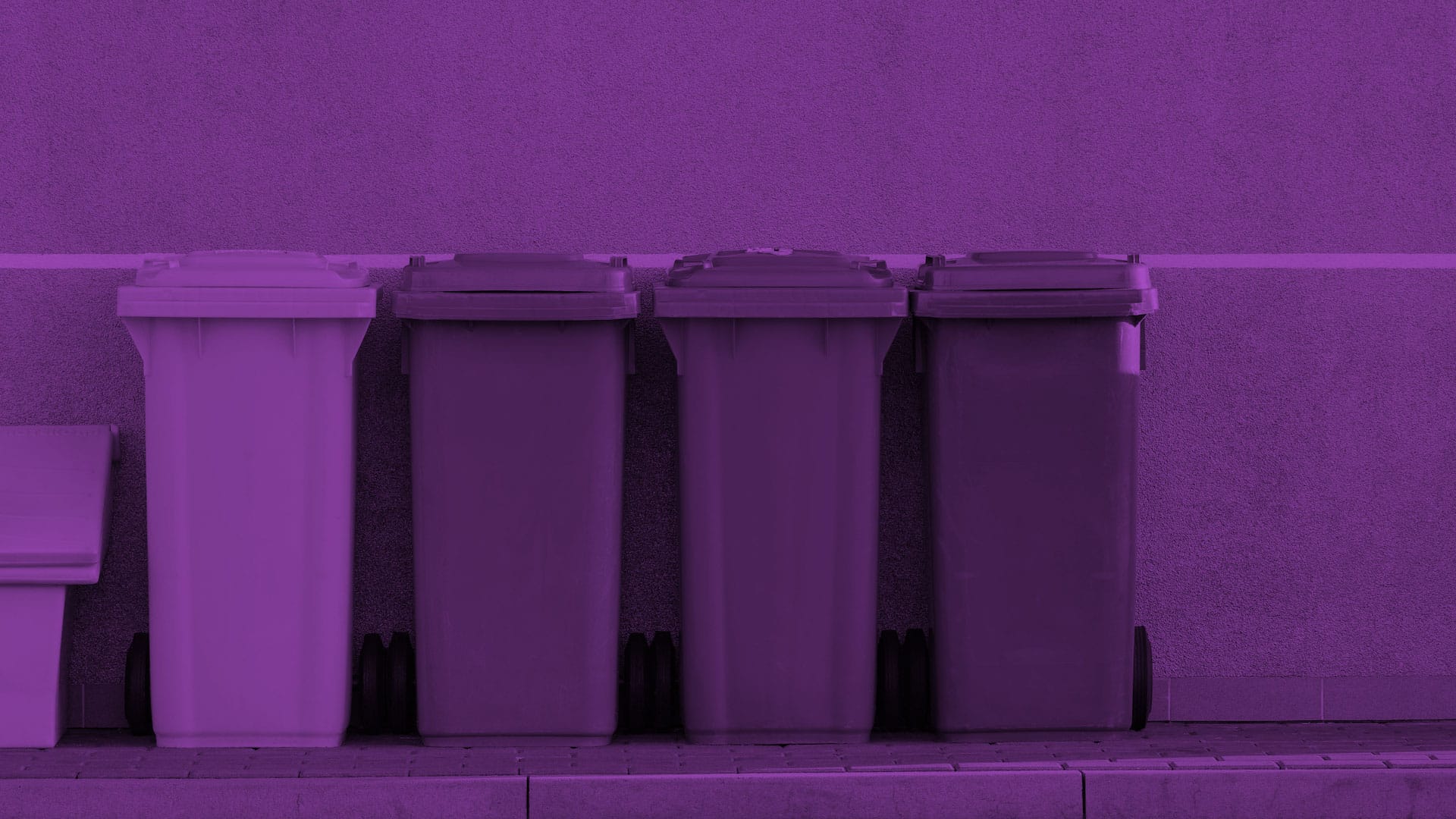
Are you a podiatrist who wants to be more sustainable at work? Here are some areas to focus on.
Reduce your energy consumption:
Reduce your paper usage:
How to reduce waste:
Consider encouraging your patients to do the following:
Are looking to set up a recycling program in your clinic? Then look no further.
…Have you considered?
Australian recycling programs are often managed by state and territory governments, so the specific regulations and guidelines may vary depending on where you work. To find out where to recycle specific items, a good first step is to refer to your local council or state government waste management entities.
If you are a member of the APodA, we can help look into this for you.
In the meantime, the Recycling Near You program offers an Australia-wide resource with information on recycling programs for specific items such as printer cartridges and electronic waste.
Are you a member of APodA with a great example of sustainability in your clinic to share? Get in touch.
Want to learn more about Green Podiatry? Read the paper and access more tips.
© Copyright 2021 The Australian Podiatry Association
